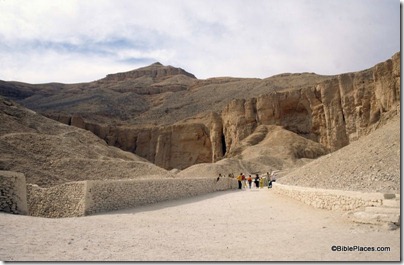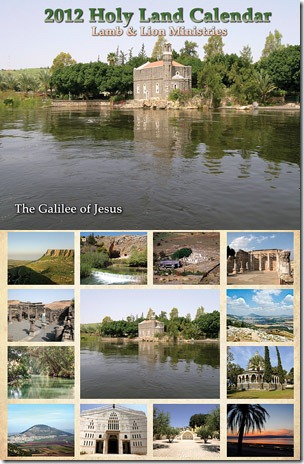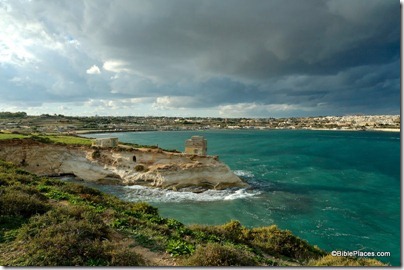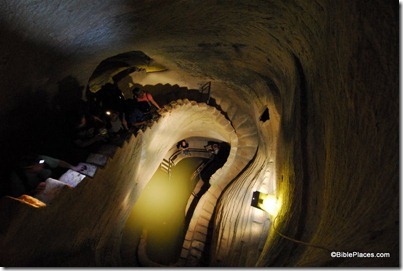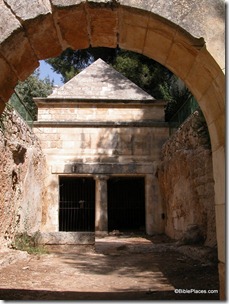A blogger’s report on Stephen Cross’s presentation at the Ancient World Tours Conference last week suggests that a buried tomb may have been identified in Egypt’s Valley of the Kings. KV62 is the tomb of King Tutankhamen and KV63 is the most recently identified tomb.
At the end of his talk he turned to the possibility of a tomb KV64. He listed some facts about KV62:
- it is at an elevation of 170m above mean sea level;
- it is sited below an overhang in the rock;
- there is a leveled area just outside the entrance.
After the 2008/9 excavations, he identified one location in the central area which matches these same facts. The levelled area was confirmed by ground penetrating radar. It is about 3 feet from the edge of the excavated area. The radar also suggested what may be a tunnel filled with limestone chipping stretching from somewhere near that possible entrance location beneath the Rest House, although I don’t think it was shown as reaching the theorised tomb entrance.
There is no proof, but it could turn out that KV64 has been identified, although there have been many false dawns on this story over the past 5 or 6 years. (He says that the Reeves radar anomalies were mostly checked and were surface features such as minor fissures or even modern conduits.)
The full report is here.
HT: Jack Sasson
